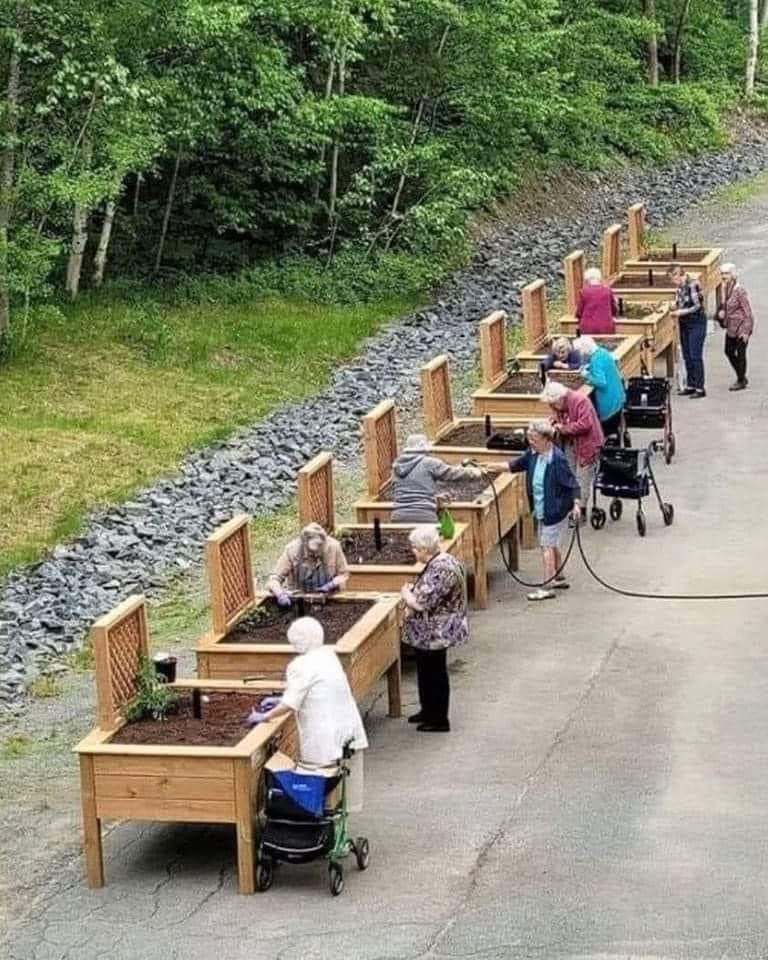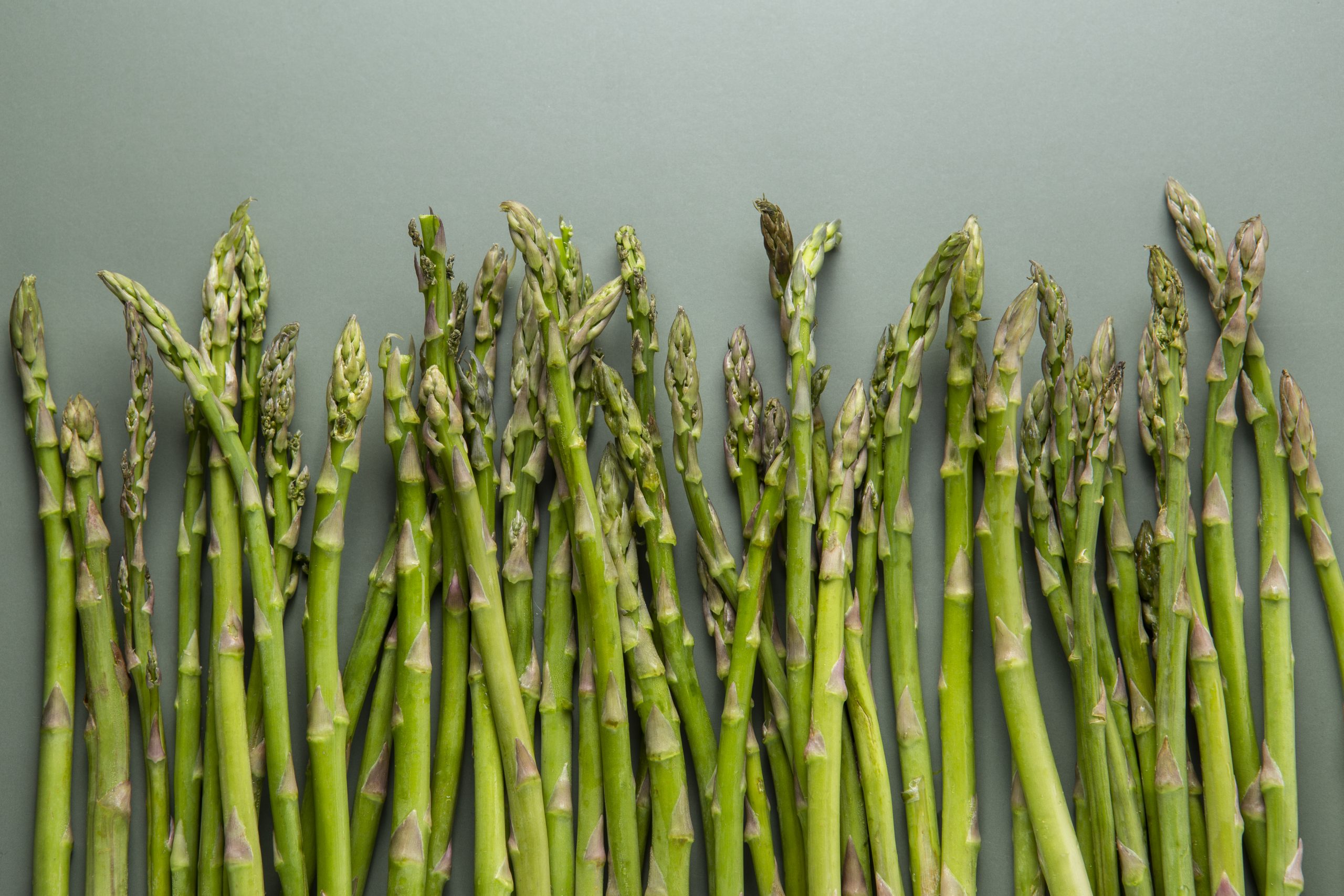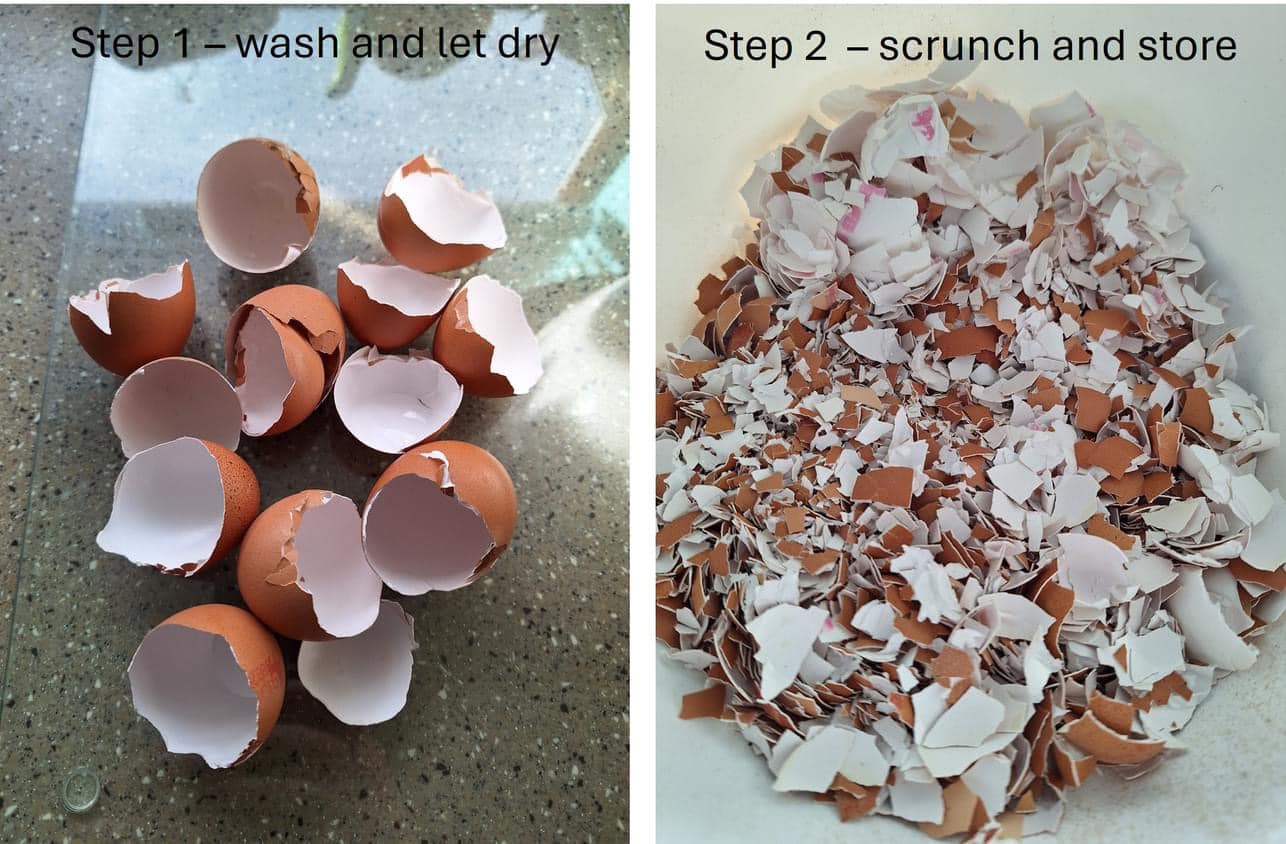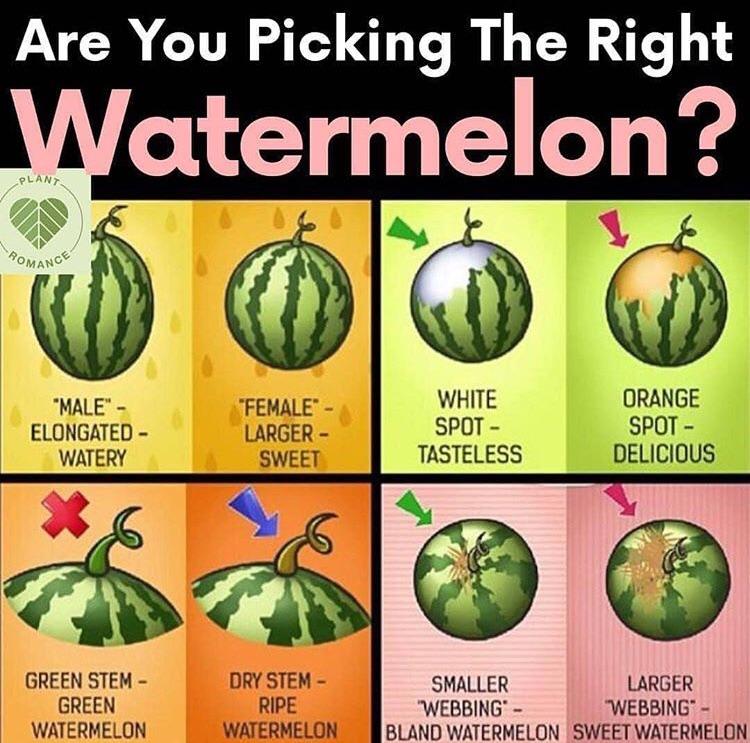Raised garden beds have become a popular addition to senior living communities, and it’s easy to see why. These garden beds not only provide seniors with a therapeutic and engaging activity but also offer a unique opportunity to bridge the gap between generations. Commenters have praised the idea, sharing personal stories of how their own family members have benefited from such projects. One notable suggestion involves engaging high school students in building and maintaining these gardens, creating a mutually beneficial relationship.
Physical and Mental Health Benefits for Seniors
Raised garden beds are particularly advantageous for seniors due to their accessibility. Elevated at a comfortable height, these beds reduce the need for bending and kneeling, making gardening more manageable for individuals with limited mobility. The physical activity involved in gardening can improve strength, flexibility, and coordination, contributing to overall physical health.
Moreover, gardening has been shown to have significant mental health benefits. It provides a sense of purpose and accomplishment, reduces stress, and can even alleviate symptoms of depression and anxiety. For many seniors, tending to a garden offers a way to connect with nature and find peace and relaxation.
Enhancing Social Connections
Gardening in a community setting fosters social interaction and camaraderie among residents. Working together on a common project encourages communication, teamwork, and the formation of friendships. This social aspect is crucial in combating loneliness and isolation, which are common issues among the elderly.
Educational Opportunities for Youth
Involving high school students in these gardening projects presents a wonderful educational opportunity. Students can learn valuable skills such as teamwork, responsibility, and basic horticulture. Additionally, working alongside seniors allows for the exchange of knowledge and life experiences, enriching the lives of both groups.
Bridging the Generational Gap
The intergenerational aspect of this initiative is particularly compelling. As one commenter suggested, involving high school students in the creation and upkeep of the gardens creates a win-win situation. Seniors benefit from the assistance and youthful energy of the students, while students gain respect and appreciation for the older generation.
This collaboration can lead to meaningful relationships and a greater sense of community. It also promotes empathy and understanding between generations, breaking down stereotypes and fostering mutual respect.
Conclusion
Raised garden beds in senior living communities are more than just a gardening solution—they are a catalyst for improved physical and mental health, social interaction, and intergenerational bonding. By involving high school students in these projects, communities can create a dynamic and supportive environment that benefits everyone involved.
The positive feedback and personal stories shared by commenters highlight the profound impact of such initiatives. As we continue to seek ways to enhance the quality of life for our seniors, the incorporation of raised garden beds and intergenerational collaboration stands out as a promising and inspiring approach.




